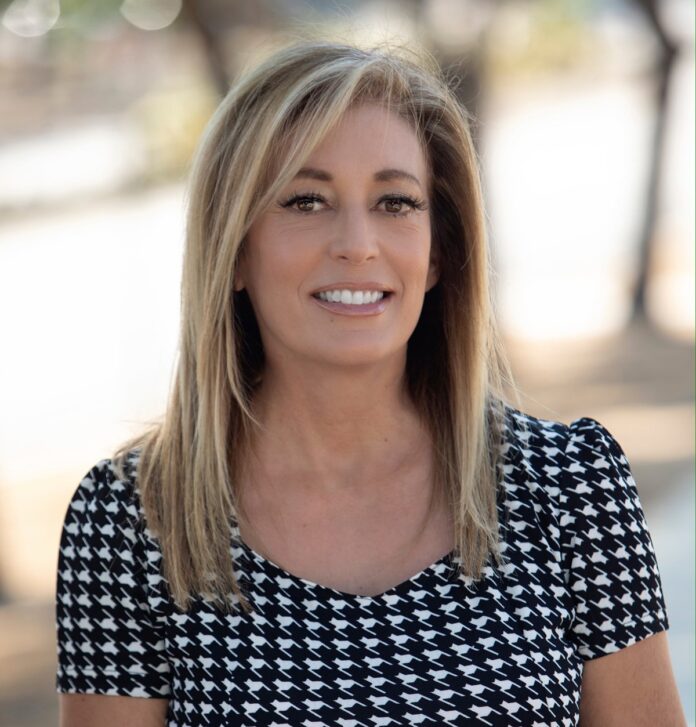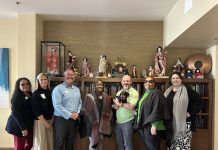Summer and fall are peak fire season. Recent fires include the Nixon Fire in Riverside County, along with the Park Fire in Northern California. And most of us remember the Cedar, Witch, Cocos, Guejito, Rice and Lilac fires that devastated much of the county. Fortunately, important lessons have been learned.
We now have better coordination among local, state, and tribal fire-fighting agencies. SB 816, a bill I strongly supported, allows state and tribal mutual aid agreements. Last year, the Pala Tribe, the bill’s sponsor, joined with the Office of Emergency Services (Cal OES) to create the first state partnership with a tribal fire department in Califor¬nia.
Cal Fire’s aviation program deals with thousands of wildfires every year. Their fleet of fixed wing and rotary aircraft is the largest civil aerial firefighting fleet in the world; even the most remote fire in the State Responsibility Zone can be reached in about 20 minutes.
San Diego Gas & Electric maintains over 190 weather stations that monitor high fire risk areas, generating modeling forecasts that anticipate the potential path of fires. This data is shared with fire county fire agencies and is also used to shut down circuits to prevent fires resulting from downed power lines. More information is available here. And since the 90s when the Regional Communications System (RCS) was implemented, all public safety agencies in San Diego County easily communicate on a common frequency band.
Lots of information is available at Alert San Diego, where homeowners can also register to receive emergency alerts. Another great source of information are the County’s Fire Safe Councils. Still more information is available from Cal Fire at: Ready for Wildfire
We’re better prepared now, but we’re still just a spark away from disaster. As always, we need to plan and be prepared.
Assemblymember Marie Waldron, R- Valley Center, represents the 75th Assembly District in the California Legislature, which includes, Santee and most of rural eastern and northern San Diego County.














